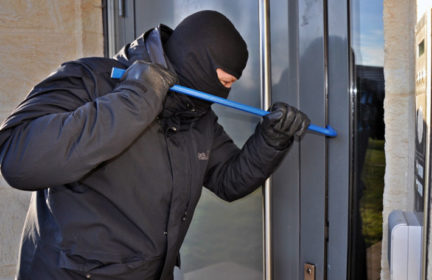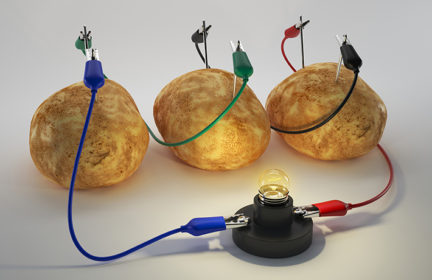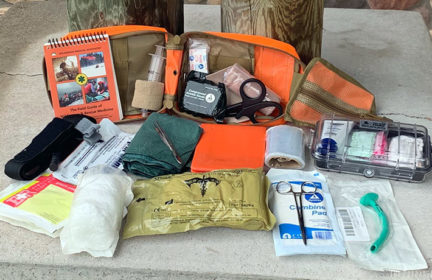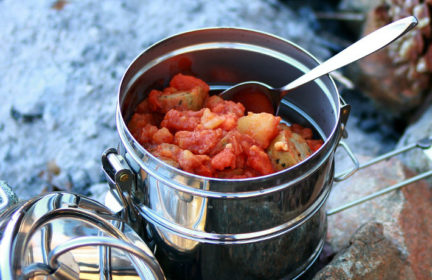7 things to prepare before it’s too late
I’ve been thinking about TEOTWAWKI or The End of the World as We Know It. To be clear, I believe that there are many other more likely scenarios to happen before this, but if you plan for the worst you will be prepared for the rest.
As part of my family’s plan I wanted to make a list of the things we need to get in order before it’s too late. They are in no particular order and is just a very short list of things we need to do. I am planning on expanding my description of and notes for each point once I finalize the list. What do all you preparedness experts think of this list and what would you add or change?
1) Have ways to collect, treat, and store water
Water is life, we all need a lot of it not only for drinking but cleaning, cooking, and hygiene. Not having it will quickly lead to disease, dehydration, and death. Not only is storing clean water important, but have ways to collect and clean more.
2) Store food and ways to cook it
Start with a week of food, then a month, then three, then six if possible. Have ways to cook and prepare multiple recipes with the food we store and don’t just do beans and rice every day.
3) Learn basic first aid and have a supply of medical supplies
Be able to treat wounds, sprains, cuts, and breaks. Store medications and don’t forget about dental and eye health. Store more than we think we will need.
4) Have backup sources of energy
Have alternative ways to stay warm, cool down, modes of transportation, and power the various devices and appliances in our home.
5) Fortify our homes and self
Secure our home against nature, humans, and animals. Learn personal self defense and carry some defense tool with us at all times if possible. No use preparing if we get our stuff stolen or die.
6) Create a reference library and practice various skills
The internet may not always be available, have some paper reference material and practice skills so we aren’t trying new things during the disaster.
7) Work with other preppers
We want to create a network of other like minded individuals and have goods and skills ready that can be used for trade and bartering.
-
Comments (13)
-




